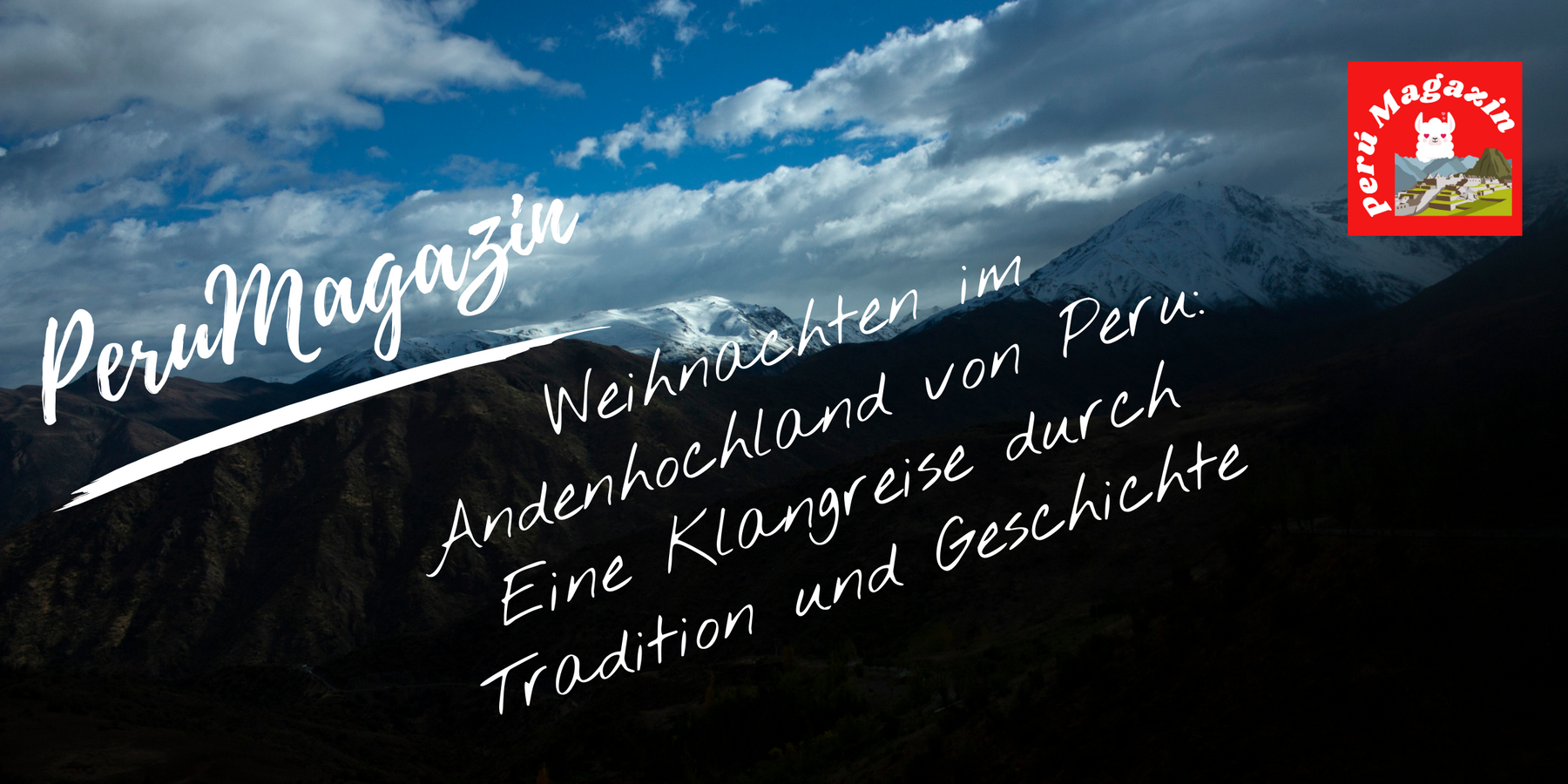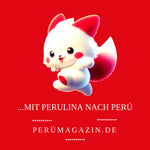
Christmas in the Andean highlands of Peru: A sound journey through tradition and history

In the majestic mountains of Peru, high above the clouds, a unique sound resonates at Christmas. The melodic tones of the harp, violin and the traditional Andean flute Quena give the festival a special touch. It is a time when people dress in colorful costumes and pray to the sounds of "Niño Manuelito," a term that traces its roots back to the arrival of the Spanish clerics.
The church, inspired by the praises of "Enmanuel" - "God is with us" - over time coined the name to Manuel, or the affectionate diminutive Manuelito, as heard in festive songs today. From the beginning of December, Christmas carols are heard in Cusco in Quechua, the language of the indigenous population, and express the rich culture and tradition of this region.
The media plays a significant role in disseminating these festive sounds. Every day they broadcast the songs in the rhythm of the Andean Huayno music, thereby contributing to the preservation and spread of local culture. It is a fusion of history and present that comes to life in the sounds of this music.

On December 24th, the Plaza de Armas undergoes a magical transformation. Colorful traditional costumes, artisans, shepherds and farmers from across the region gather to celebrate the sacred market "Santurantikuy". Not only is there trade here, but a lively festival unfolds, with works made from clay, ceramics, sheet metal, wood, stone, feathers and fabrics on offer. These artistic creations represent not only Niño Manuelito, but also the Niño del Espino, and carry the region's cultural identity to the world.
The nativity scenes found at the "qora qhatu" market demonstrate a deep connection to nature and the mountains. With detailed depictions of mountain motifs and local flora, they reflect the unique environment in which these festive traditions thrive. The market will become a meeting point for locals and visitors, who will have the opportunity to take home a piece of this authentic art.
A look at some additional facts and data deepens our understanding of this unique Christmas tradition. The Andean flute Quena, often made of bamboo, is an instrument of great importance. It was already played by the indigenous peoples of the Andes before the arrival of the Spanish and still has an established place in the musical culture of the region today.

Huayno music, which sets the rhythm of the festivities, has its roots in the Andes and embodies the joy of life and pride of the people. The colorful traditional costumes worn at Christmas are not only an expression of tradition, but also tell stories about belonging to certain communities and regions.
The Santurantikuy market has a long history and is not only a place of trade but also a living cultural heritage. Originally founded in the 16th century by a Franciscan monk, the market served to meet the community's need for nativity scenes. Today it is a colorful, vibrant place where artisans and artists showcase their skills and visitors can immerse themselves in the rich tradition of Niño Manuelito.
Christmas in the Peruvian mountains is more than just a festive season. It is a living testimony to the connection between history, culture and spirituality. The sounds of harp, violin and quena interweave with the colorful traditional costumes, the artistic creations in the markets and the festive songs in Quechua to create a harmonious picture that celebrates the uniqueness of this place in the Andes. It is a journey through the senses that not only touches the ear but also the heart and reveals the beauty of a Christmas tradition high in the mountains.
#PeruMagazine #Peru #PeruvianChristmas #AndeanSounds #NiñoManuelito #QuechuaSongs #SanturantikuyMarket #Andean Flute #HuaynoMusic #TraditionalCrafts #MountainNativities #CuscoFestivals #AndeanCulture #HarpSounds #ChristmasMagic #CulturalHeritage #AndeanHighlands #WeLovePeru #patop #patopshipping

Leave a comment